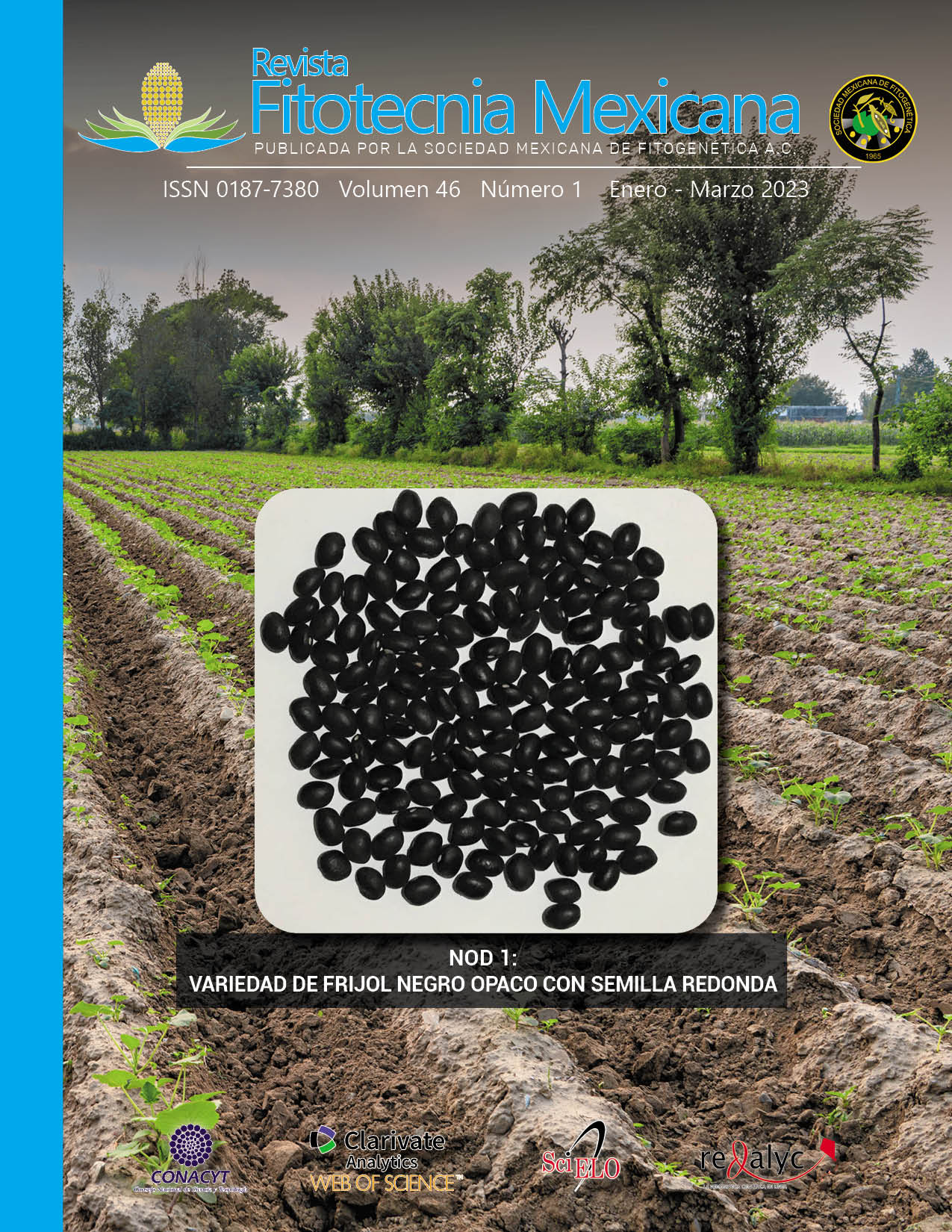POSSIBILITY OF GENERATING POPULATIONS OF Apis mellifera L. TOLERANT TO IMIDACLOPRID
Main Article Content
Abstract
Insecticide use in agriculture poses a risk to the survival of Apis mellifera, a key species for maintaining the planet biodiversity. One mechanism to counteract negative effects is by developing neonicotinoid-tolerant bee colonies. The objective of this study was to determine, by means of the calculation of the mean lethal dose (LD50), estimated by regression of mortality on doses, the differences in mortality of seven colonies of A. mellifera, taken at random from the experimental apiary of Colegio de Postgraduados, Campus Montecillo, México. The colonies were exposed to four doses (0.033-1.0 mL L-1) of Confidor® insecticide (a.i., imidacloprid 30.2 %) and a commercial adjuvant (DAP Plus®). Bee mortality was recorded for 72 h. LD50 was variable between colonies. The higher dose of the insecticide, corresponding to the manufacturer’s recommendation (1.0 mL L-1), was highly lethal (75.1 %). A colony that showed greater tolerance with a lower average mortality percentage (26.3 %) was identified

